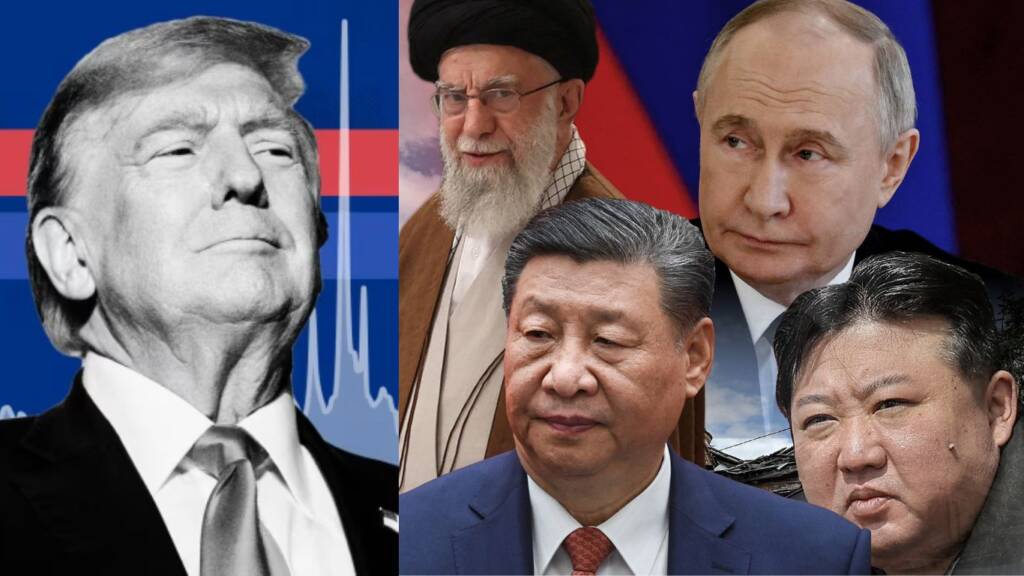The U.S. Defense Intelligence Agency (DIA) has released its 2025 Worldwide Threat Assessment, highlighting serious global security threats facing the United States. The report paints a picture of a world where rival nations are working more closely together to challenge American power, while new technologies are changing the nature of warfare and conflict.
Here are the key points from the report:
China: The Biggest Long-Term Threat
The DIA identifies China as the most significant military and strategic threat to the U.S. today. China is using all parts of its government — including its military, economy, and cyber operations — to grow its influence around the world.
The report warns that China is becoming more aggressive toward Taiwan, a self-governing island that Beijing claims as its own. It is also increasing its military presence in the South and East China Seas. These actions raise the risk of conflict in the Asia-Pacific region.
Russia: A Continuing Danger
Russia remains a top threat, especially due to its ongoing war in Ukraine. According to the DIA, Russia sees this war as part of a broader struggle against the U.S. and its allies. Russia is also modernizing its nuclear weapons and building closer ties with countries like China and Iran.
Iran: Expanding Influence in the Middle East
Although Iran has not restarted its nuclear weapons program, it continues to enrich uranium at high levels. This has raised alarms because it could lead to the development of a nuclear bomb. The report also points out Iran’s continued support for proxy groups and its involvement in regional conflicts.
North Korea: Building a Bigger Arsenal
North Korea is making progress in building more nuclear weapons and longer-range missiles. The DIA warns that North Korea may now be capable of striking the U.S. homeland and its allies. The country is also strengthening its relationship with Russia, receiving military and political support in return.
New Technologies and Non-State Threats
The report highlights growing concerns about technology being used in dangerous ways. Adversaries are investing in cyberattacks, space weapons, and unmanned drones. These tools can be used to spy on the U.S., disrupt critical systems, or even launch attacks.
Terrorist groups and drug cartels are also taking advantage of new technologies. In particular, drug cartels are using high-tech tools to smuggle deadly drugs like fentanyl into the U.S., causing thousands of deaths each year.
Tensions in South Asia
The report also notes rising tensions between India and Pakistan. It says Pakistan views India as an existential threat, shaping its military and nuclear policies. Meanwhile, India considers China to be a bigger challenge than Pakistan.
The 2025 DIA Threat Assessment warns that the world is becoming more dangerous and complex. With rival powers like China and Russia forming closer partnerships, and with technology increasing the speed and reach of threats, the U.S. faces a rapidly changing global security landscape. The DIA calls for continued investment in defense and intelligence to protect national interests and stay ahead of these growing challenges.
